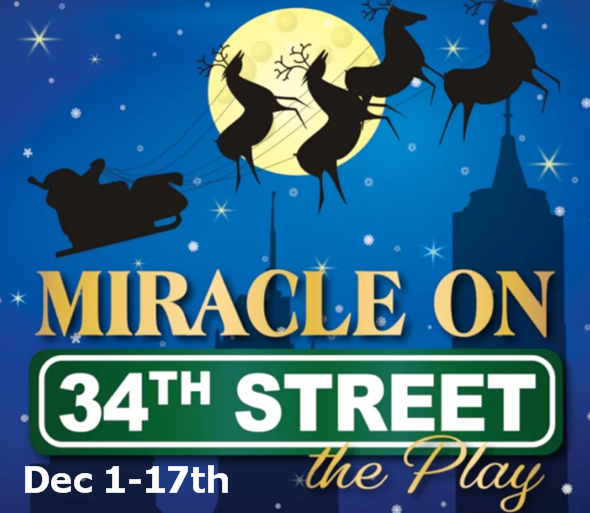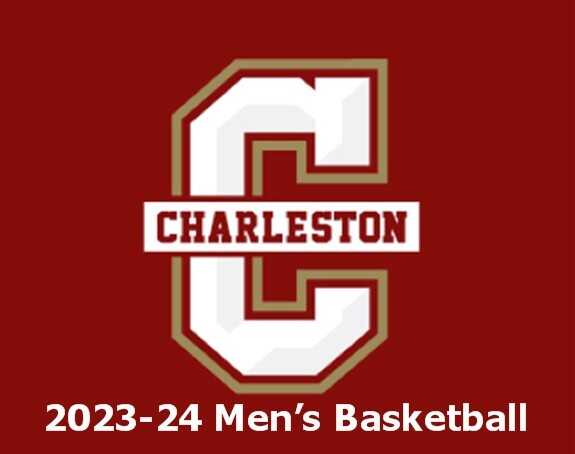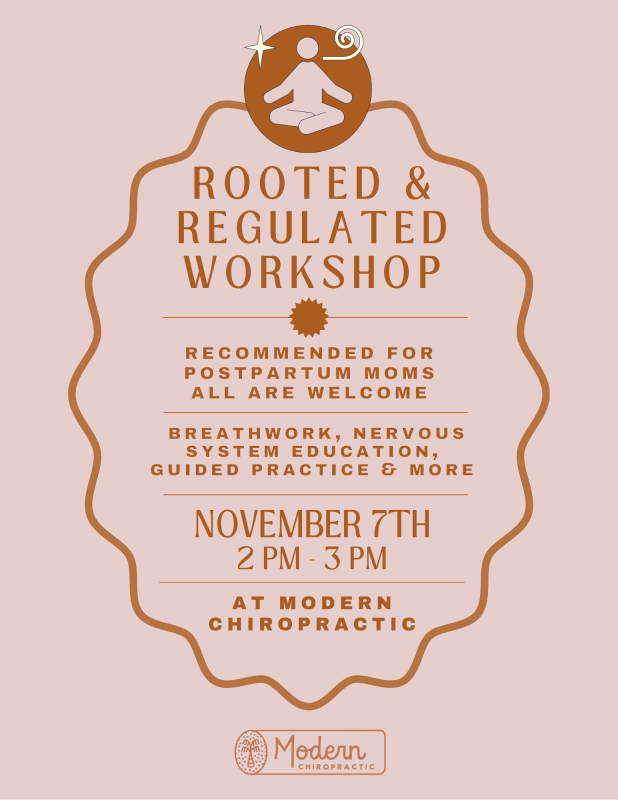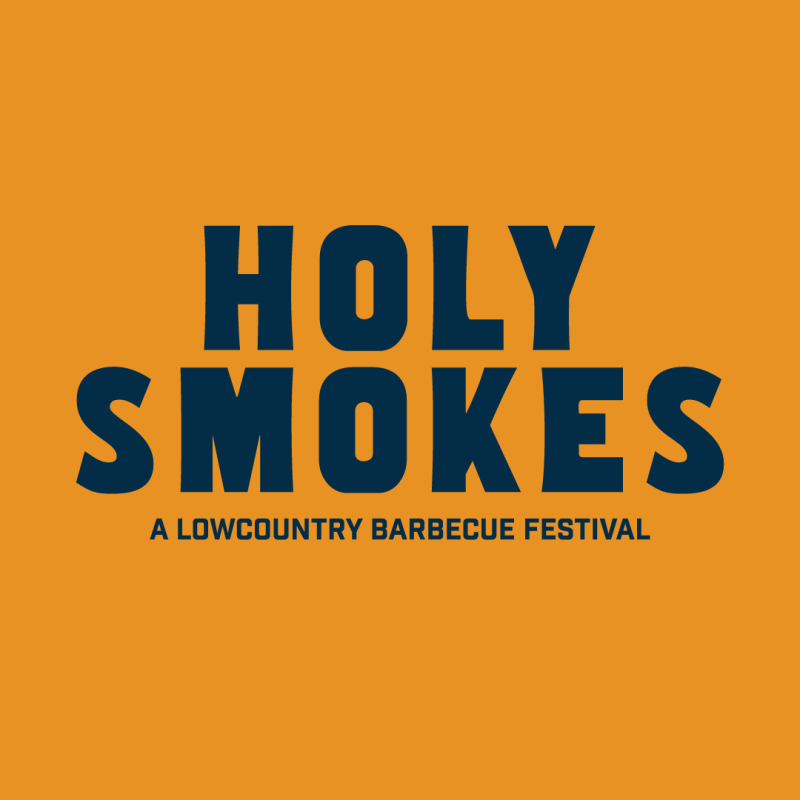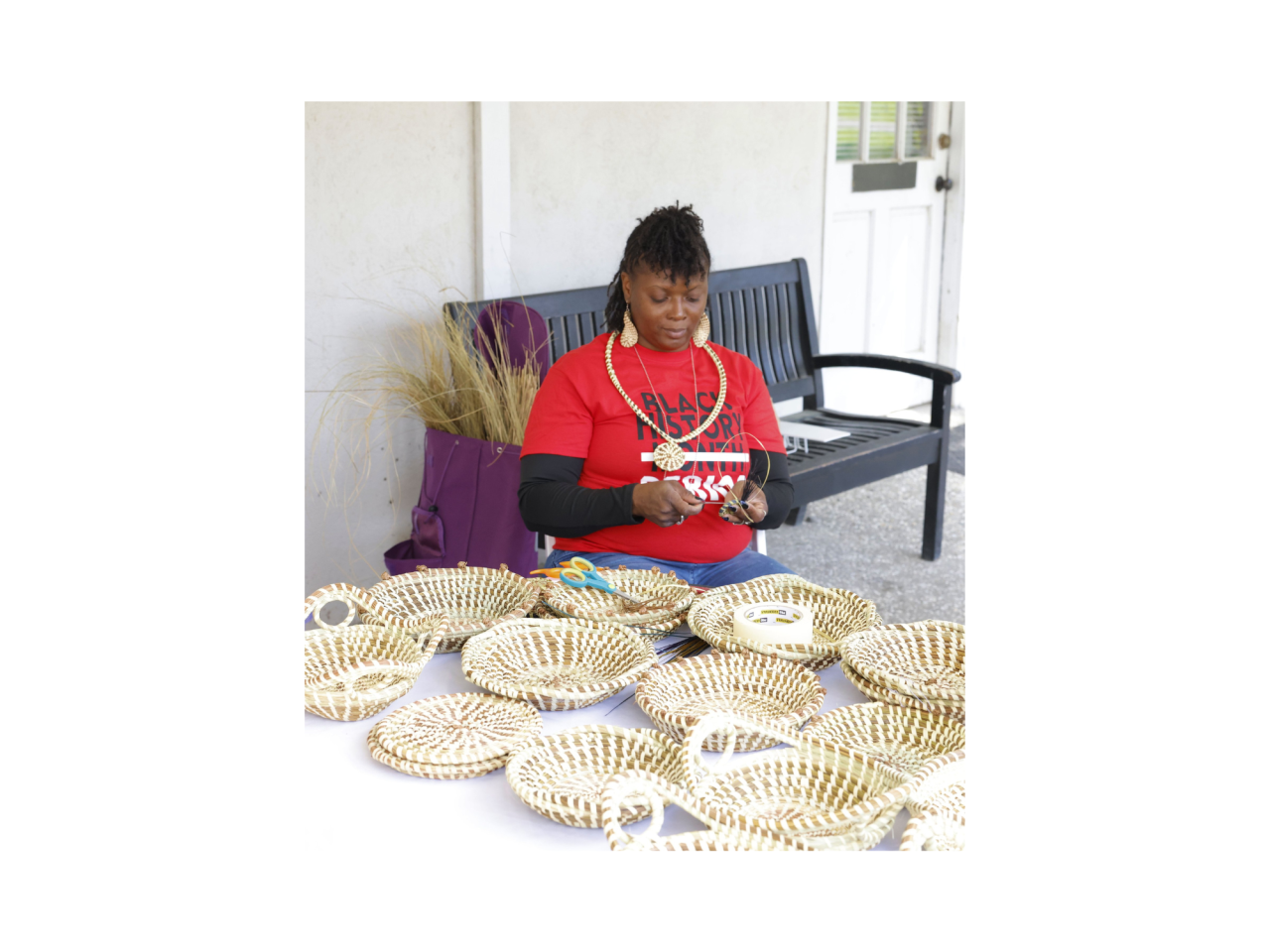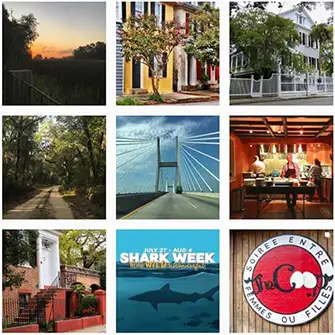Brew Master 'Sleeveless Dave' & STB Staff Doctor Signature Craft Beers For Month of December
Ensemble Cast Bring Beloved Christmas Classic Comes to Life at the Historic Summerville Community Theatre
Stingrays have won 3 of their last 4 games, Host Savannah Friday Night
Host of Popular Blog 'Grandbaby Cakes' & Cookbook of the Same Name Looking Forward to Returning To the Holy City
Five Cougars in Double Figures, Charleston Improve to 3-3
Rays improve to 3-0-0 against Jacksonville this season, Host Greenville Friday Night
Fox News Personality, Friends, & Family Put Their Spin on Fun & Colorful Cookbook
Little Big Town Singer Shares Thoughts on Family, Charleston, & the Holidays
Neighborhood Pub & Gaming Center Has Become Mount Pleasant's Latest Hot Spot
Burnham Hits for 19 Pts., Cougars Find Themselves 1-3 Early in the Season


